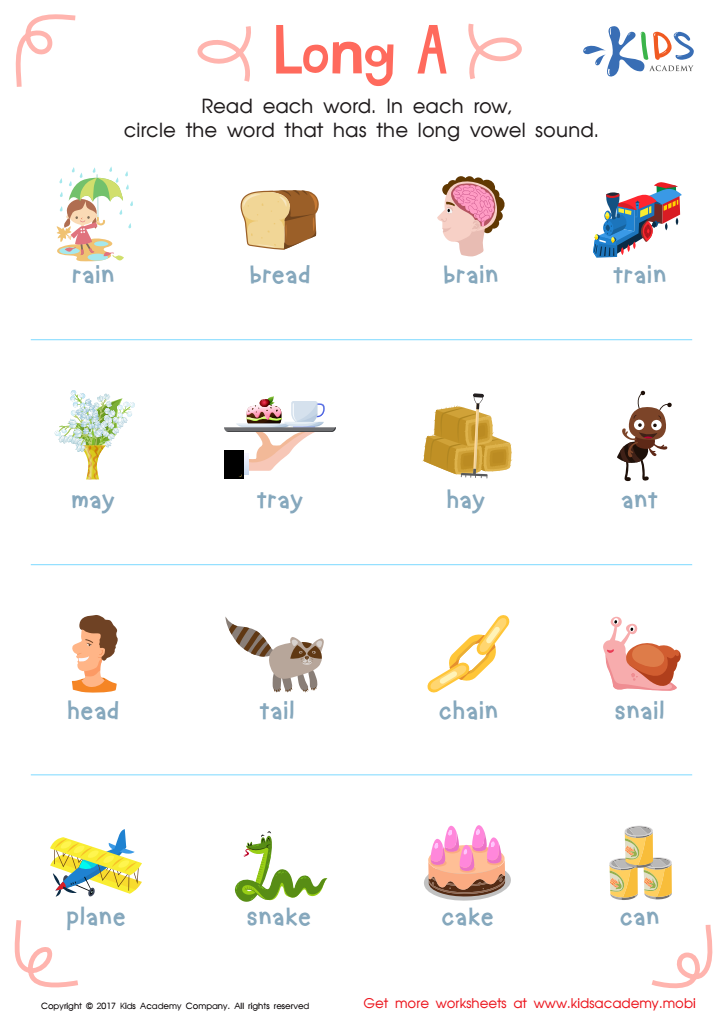Reading practice Alphabet Worksheets for Ages 3-9
6 filtered results
-
From - To
Boost your child's reading skills with our engaging Alphabet Worksheets, designed for ages 3-9! These printable resources provide a fun way for young learners to explore letters and sounds through interactive activities. Each worksheet focuses on various aspects of reading, including letter recognition, phonics, and word formation, enabling children to practice at their own pace. Perfect for parents and educators alike, our worksheets encourage creativity and foster a love for reading. Download now to unlock your child’s potential and watch them progress as we make learning the alphabet an enjoyable adventure! Ideal for homeschooling, classroom settings, or extra practice at home.
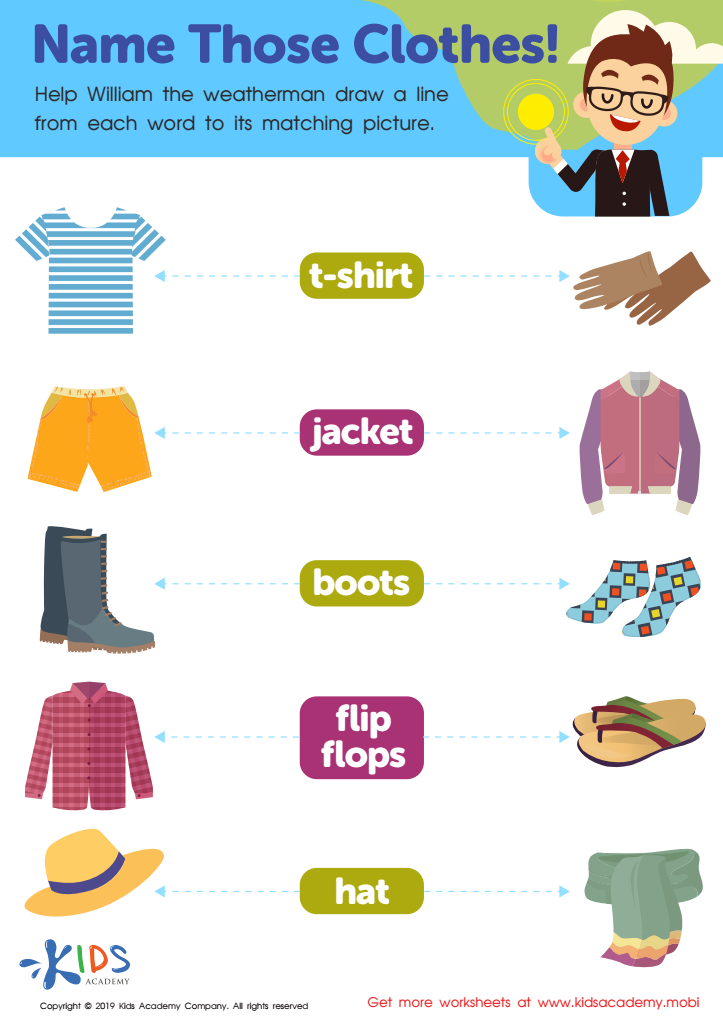

Name Those Clothes Worksheet
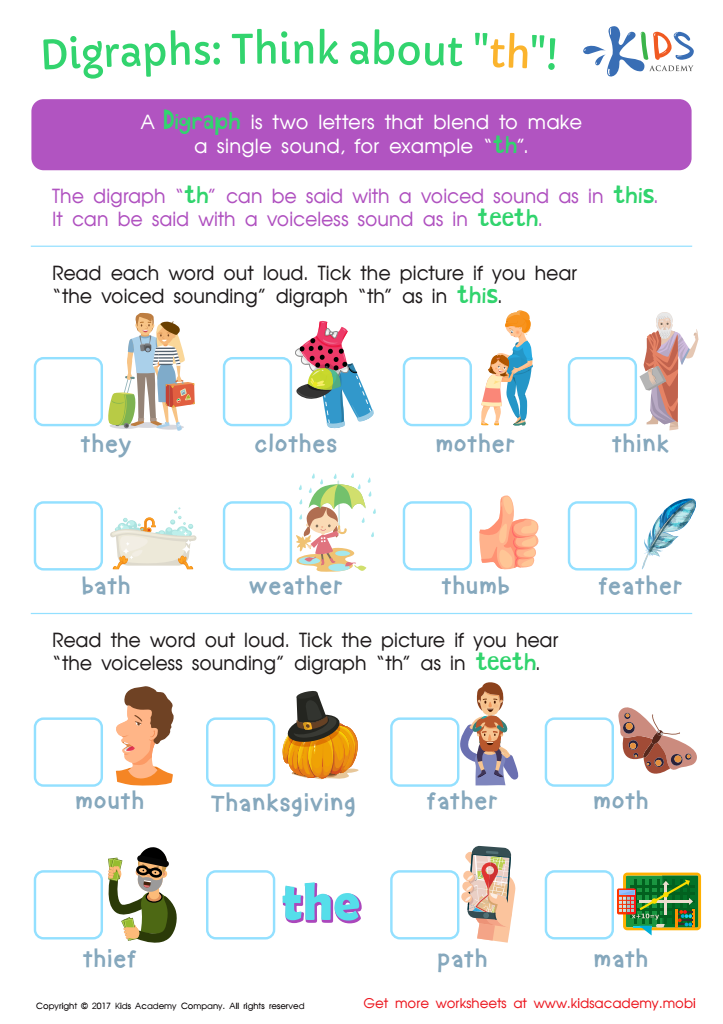

Digraphs: Think About "th" Worksheet
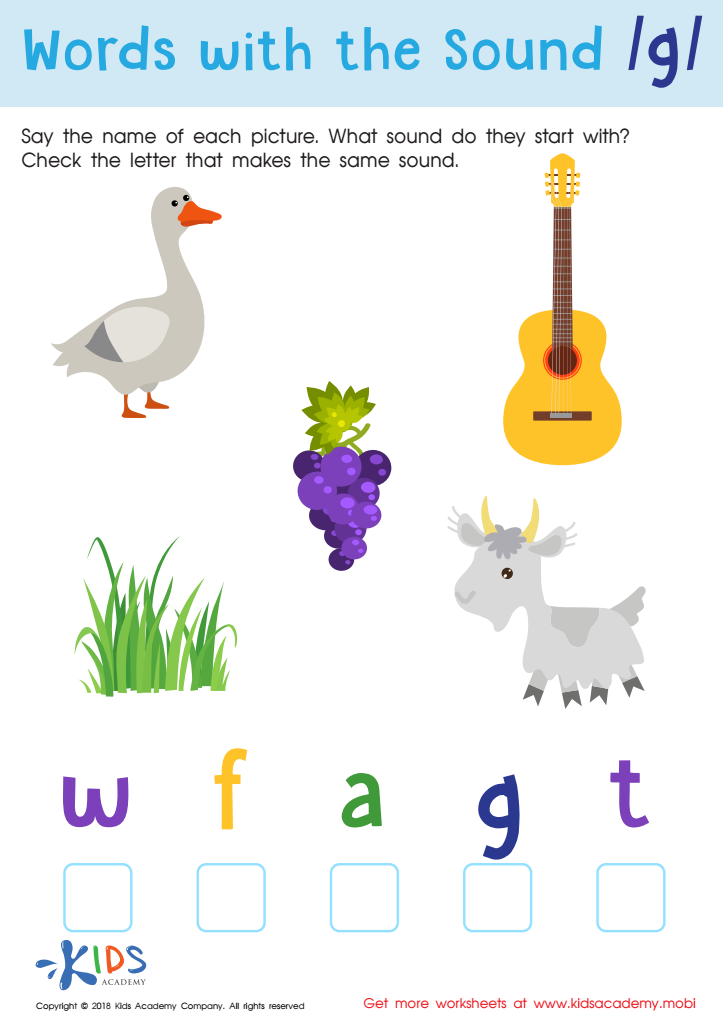

Words with sound g Reading Worksheet
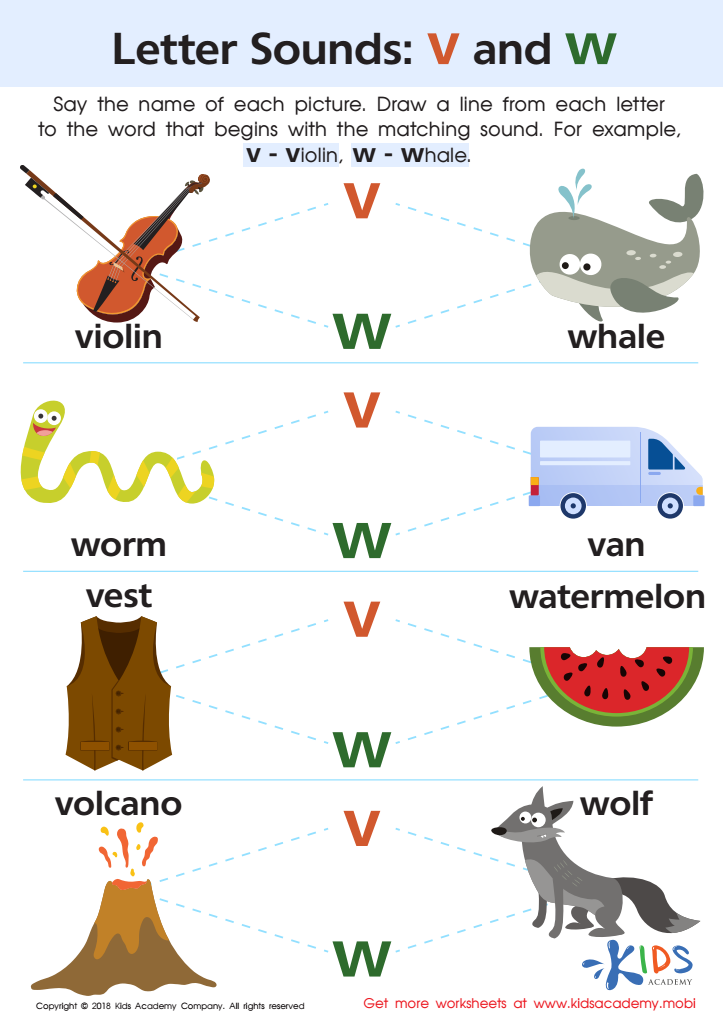

Letter V and W Sounds Worksheet
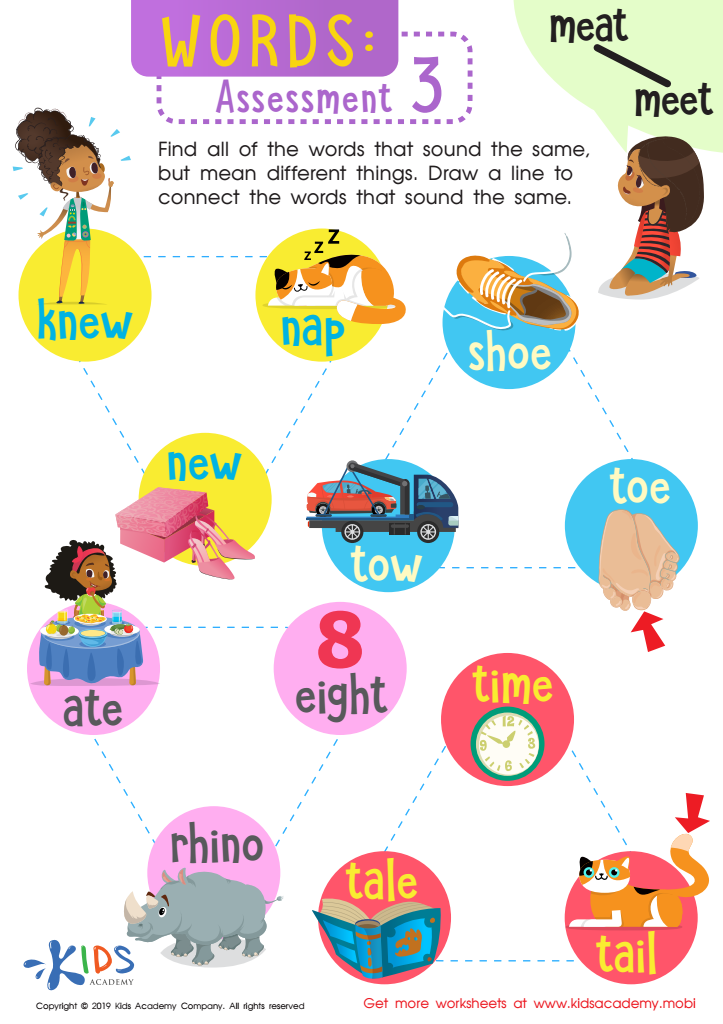

Words: Asessment 3 Worksheet
Reading practice is crucial for children aged 3-9 as it lays the foundation for lifelong literacy skills and cognitive development. During these formative years, children are remarkably receptive to new information, making it an ideal time to introduce them to the alphabet and reading fundamentals. Engaging in reading practice helps develop phonemic awareness, which is essential for understanding how letters and sounds connect—a key component in reading fluency.
Additionally, regular reading practice enhances vocabulary and comprehension skills. Children who are exposed to a variety of texts are more likely to develop a robust academic vocabulary, which supports their success in all subject areas. Reading also fosters creativity and imagination, allowing children to explore different worlds and perspectives.
Moreover, the act of reading together creates a bonding experience between parents or teachers and children. It encourages discussions that promote critical thinking and communication skills, setting the stage for a positive attitude towards learning. By prioritizing reading practice, parents and teachers not only contribute to children’s academic success but also nurture a lifelong love for reading, enabling them to become informed, engaged, and curious learners.
 Assign to My Students
Assign to My Students

